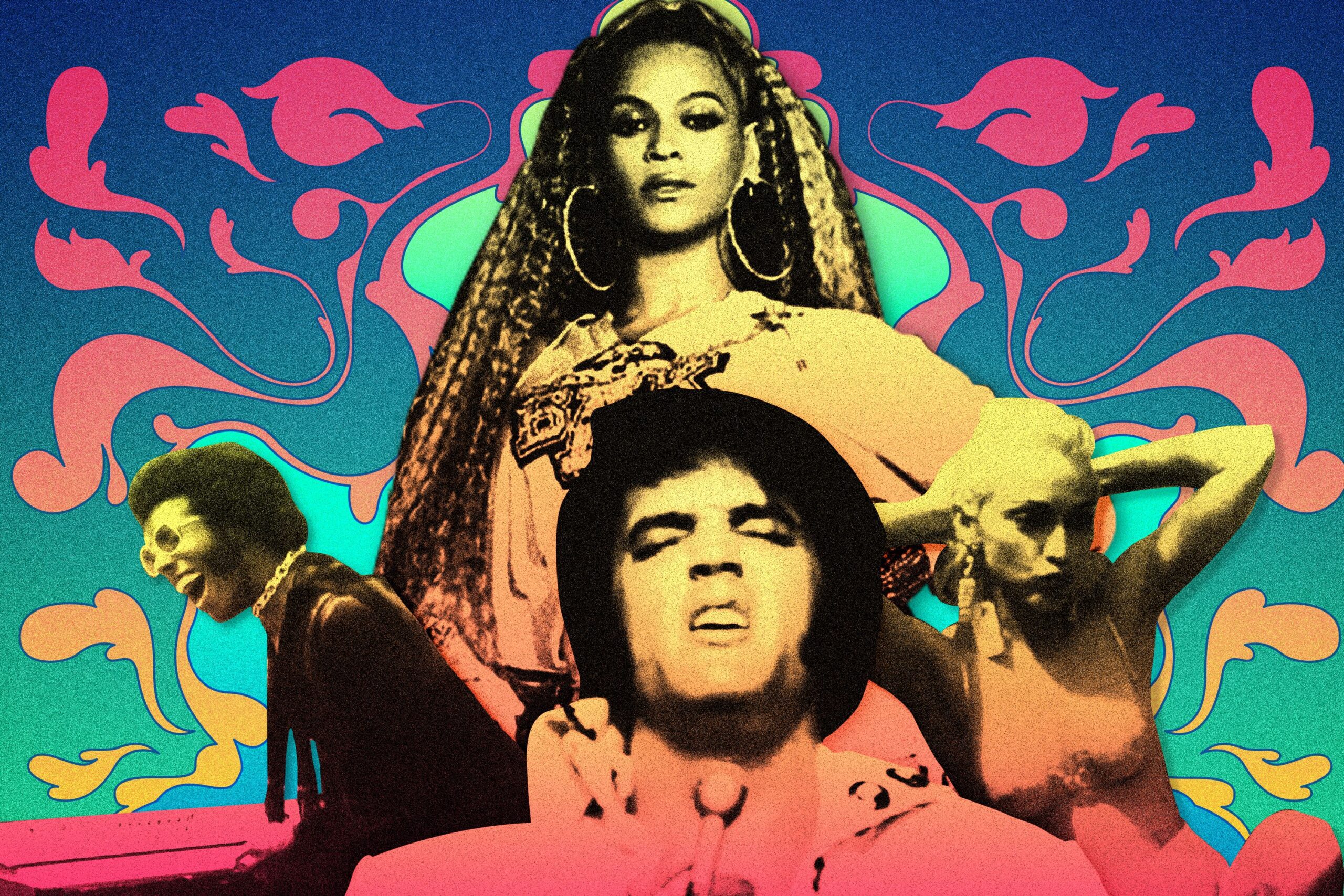This content highlights 10 forgotten pop culture phenomena, ranging from dance crazes to collectible toys. It begins with the Macarena Dance Craze, a Spanish dance song that took the world by storm in the mid-1990s but faded quickly. Pogs, small cardboard or plastic discs, were a huge hit in the early 1990s but lost popularity just as swiftly. The Pet Rock, a 1970s fad, involved selling rocks as pets in cardboard boxes. Beanie Babies, collectible stuffed animals from the 1990s, were once highly sought-after but eventually lost their appeal. Silly Bandz, colorful silicone bracelets, were popular among kids in the late 2000s but fell out of fashion. Tamagotchis, virtual pets from the 1990s, captured children’s imaginations but dwindled with newer technologies. Gangnam Style, a song by Korean artist Psy, became a global hit in 2012 but failed to reach the same success with subsequent releases. The Zune, Microsoft’s portable media player, was overshadowed by Apple’s iPod and is mostly forgotten today. Crystal Pepsi, a clear version of Pepsi-Cola, was initially popular in the early 1990s but quickly disappeared from shelves. Lastly, the Harlem Shake, a 2013 internet sensation, involved individuals and groups dancing to a song by Baauer but faded like most viral fads.
From Stardom to Obscurity: 10 Forgotten Pop Culture Phenomena
1. The Macarena Dance Craze
In the mid-1990s, a catchy Spanish dance song called “Macarena” by Los del Río became an international sensation. The infectious beat and simple dance moves took the world by storm, with people of all ages enthusiastically performing the Macarena at parties, weddings, and even sports events. Unfortunately, the Macarena’s popularity was short-lived, and it quickly faded into obscurity.
2. Pogs
Pogs were small cardboard or plastic discs that gained immense popularity in the early 1990s. Kids would stack them up and use a heavier disc called a “slammer” to try and flip over as many pogs as possible. Pogs became a cultural phenomenon, with elaborate collections, trading cards, and even tournaments. However, their popularity diminished almost as quickly as it emerged, leaving many wondering what happened to their prized collections of pogs.
3. Pet Rocks
In the 1970s, an advertising executive named Gary Dahl came up with an unconventional idea: selling rocks as pets. The Pet Rock, packaged in a cardboard box with breathing holes, quickly became a fad. People would buy these ordinary rocks and name them, taking care of them as they would a real pet. The Pet Rock disappeared just as abruptly as it became popular, leaving behind a quirky relic of pop culture history.
4. Beanie Babies
Beanie Babies were a collectible craze in the 1990s. These small stuffed animals filled with plastic pellets captured the hearts of both children and adults. People became obsessed with collecting the different plush creations and believed they would increase in value over time. However, the Beanie Baby bubble eventually burst, and these once highly sought-after toys lost their appeal.
5. Silly Bandz
Silly Bandz took playgrounds by storm in the late 2000s. These colorful silicone bracelets were shaped like various animals, objects, or symbols and became highly popular among kids and young teenagers. Kids would stack them on their wrists, trade them with friends, and even wear them as a fashion accessory. However, Silly Bandz quickly fell out of fashion, becoming just another forgotten pop culture trend.
6. Tamagotchis
Tamagotchis were virtual pets that captured the imaginations of children in the 1990s. These small egg-shaped electronic devices required constant care and attention, as they would “die” if neglected. Kids had to feed, play, and clean up after their virtual pets. Tamagotchis experienced a surge in popularity but eventually dwindled as newer technological advancements captured the interest of the young generation.
7. Gangnam Style
In 2012, the Korean pop artist Psy took the world by storm with his catchy song “Gangnam Style” and its accompanying music video. The song became a global hit, and its distinctive horse-riding dance move was imitated by people worldwide. Psy became an international sensation but struggled to replicate the song’s success with subsequent releases. Today, “Gangnam Style” remains a relic of pop culture, showcasing the fleeting nature of viral sensations.
8. Zunes
Zune was Microsoft’s answer to Apple’s iPod in the mid-2000s. These portable media players aimed to challenge the iPod’s dominance but failed to capture a significant market share. Despite its early popularity, the Zune quickly became overshadowed by Apple’s sleeker and more innovative iPod models. Today, the Zune is mostly forgotten, serving as a reminder of how quickly technological trends can change.
9. Crystal Pepsi
In the early 1990s, PepsiCo introduced Crystal Pepsi, a clear version of its iconic cola. Marketed as a caffeine-free alternative with a unique twist, Crystal Pepsi became a sensation initially. However, its popularity rapidly declined, and the beverage disappeared from shelves. While Crystal Pepsi made a brief comeback in recent years due to nostalgia, it remains a forgotten chapter in the history of the soda industry.
10. The Harlem Shake
The Harlem Shake, originating from a 2013 viral video, became a sensation on the internet. Individuals and groups would film themselves dancing to the song “Harlem Shake” by Baauer, often wearing costumes or using props. The trend took off, with countless videos being produced and shared online. However, as with most viral fads, the Harlem Shake quickly faded, reminding us that internet crazes are often short-lived.
